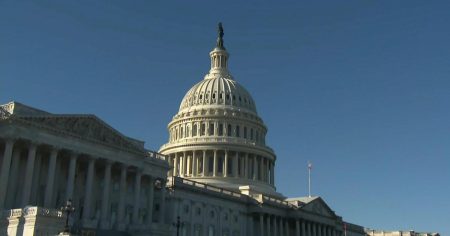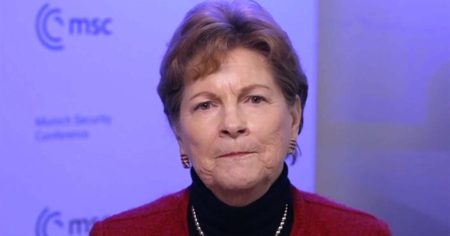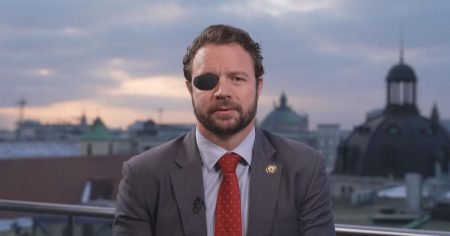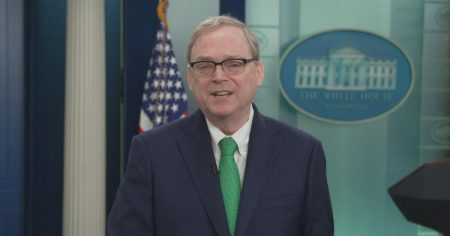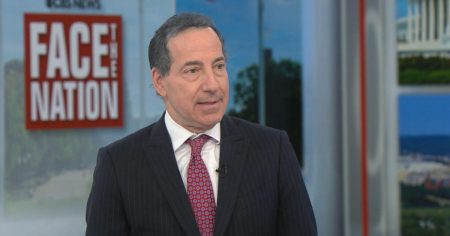AP Ground Game: Understanding the Early Moves of Trump’s Second Term
Introduction: The First Weeks of a New Era
The first weeks of Donald Trump’s second term as President have been nothing short of explosive. In a flurry of executive orders, policy pronouncements, and personnel shake-ups, Trump has quickly made his mark on Washington and beyond. The Associated Press’s "Ground Game" series takes a closer look at the key developments shaping this new era of Trump governance, including the role of the Supreme Court, the influence of Elon Musk, and the challenges ahead for the administration.
The Supreme Court and the Future of Trump’s Executive Orders
One of the most significant questions looming over Trump’s second term is how the Supreme Court—reshaped by his appointments during his first term—will handle the legal challenges to his executive actions. The Court, which now includes three Trump appointees, will likely be the final arbiter on issues ranging from birthright citizenship to federal spending freezes. Already, lower courts have paused several of Trump’s orders, including one targeting birthright citizenship for children of undocumented immigrants and another freezing government grants and loans. Legal experts predict that the Supreme Court could face an early test on these issues, with emergency appeals possible in a matter of weeks. However, even a conservative Court may push back on some of Trump’s more aggressive moves, particularly if they overstep traditional boundaries of executive power. Trump has had mixed success with the Court in the past, winning a 5-4 decision on his travel ban but facing setbacks on other fronts. How the justices will balance their views on presidential authority with the limits of the law remains to be seen.
Elon Musk: The Invisible Hand of Government Efficiency
One of the most intriguing—and controversial—developments of Trump’s second term is the role of Elon Musk, the billionaire entrepreneur tasked with making the federal government more efficient. Musk, who has a history of transforming industries from PayPal to Tesla to SpaceX, has promised transparency in his efforts. Yet, so far, his work has been shrouded in secrecy. Musk and his team, operating under the banner of the Department of Government Efficiency (DOGE), have embedded themselves in federal agencies, from the Department of Veterans Affairs to the Treasury Department, often without public announcement. Career officials have been sidelined, and even lawmakers have been kept in the dark. Musk’s approach to government seems to mirror his business philosophy: move fast, avoid oversight, and remake institutions in his image. But questions persist about how Musk plans to use his access to sensitive data and whether his vision for efficiency will prioritize public accountability.
What Trump Has—and Hasn’t—Done Yet
For all the drama of Trump’s second term, there are still major policy moves on the horizon. Perhaps the most ambitious is a planned executive order to limit or effectively shut down the Department of Education, a move that would require unraveling decades of federal law and billions of dollars in spending on programs like Title I for low-income schools and student loans. Trump has also teased new tax policies, including exemptions for tips, Social Security benefits, and overtime pay, though Congress will have a say in any final legislation. On the trade front, Trump has imposed tariffs on China, but broader levies on goods from Mexico and Canada are on hold. The administration is also weighing further action on immigration, asylum seekers, and federal agency restructuring, all of which could end up in court. Meanwhile, Trump’s promise to quickly resolve the Israel-Hamas conflict remains unfulfilled, with no permanent peace accord in place and U.S. involvement complicated by Trump’s provocative musings about a potential takeover of Gaza.
The Supreme Court’s Role in Shaping Trump’s Agenda
The Supreme Court will likely play a central role in determining the success of Trump’s agenda, particularly on issues like birthright citizenship and federal spending. While the Court has a conservative majority, including justices appointed by Trump, it’s not a guarantee that they will rubber-stamp all of his executive actions. For example, Trump’s order ending birthright citizenship for children of undocumented immigrants has already been blocked by a lower court, and the administration has indicated it will appeal. The case could reach the Supreme Court quickly, potentially within weeks. Other policies, such as Trump’s freeze on government grants and loans and his call to shut down USAID, may also face legal challenges. Legal experts note that while the Court may be more deferential to presidential power in some areas, it may push back on moves that appear to overstep constitutional boundaries. The Court’s decisions will have far-reaching implications for the scope of executive authority and the balance of power in Washington.
The Intersection of Politics and Policy in the Early Days of Trump’s Second Term
As Trump’s second term takes shape, the interplay between politics and policy will be crucial. Trump’s aggressive use of executive power has already sparked legal challenges and raised questions about the limits of presidential authority. At the same time, his appointments and personnel decisions—such as putting Elon Musk in charge of government efficiency—reflect his willingness to challenge the status quo and bring a business-like approach to federal governance. Musk’s operational style, which emphasizes speed and secrecy over transparency and accountability, has raised concerns among lawmakers and career officials. Meanwhile, Trump’s policy agenda continues to evolve, with major initiatives on education, taxes, and trade still in the works. The administration’s ability to navigate legal, political, and procedural hurdles will determine the success of these efforts and the overall trajectory of Trump’s second term.
Conclusion: A Presidency Defined by Ambition and Uncertainty
The early weeks of Donald Trump’s second term have been marked by ambition, controversy, and a continued willingness to push boundaries. From the Supreme Court’s potential role in shaping the administration’s agenda to Elon Musk’s secretive efforts to remake the federal government, the dynamics of this new era of Trump governance are complex and multifaceted. While the administration has already accomplished a great deal, much of its agenda remains unfinished—or, in some cases, tied up in legal challenges. As the presidency progresses, the interplay between Trump’s executive actions, the judiciary, and the broader political landscape will continue to define the course of his second term. Stay tuned for further developments in this ongoing story.







